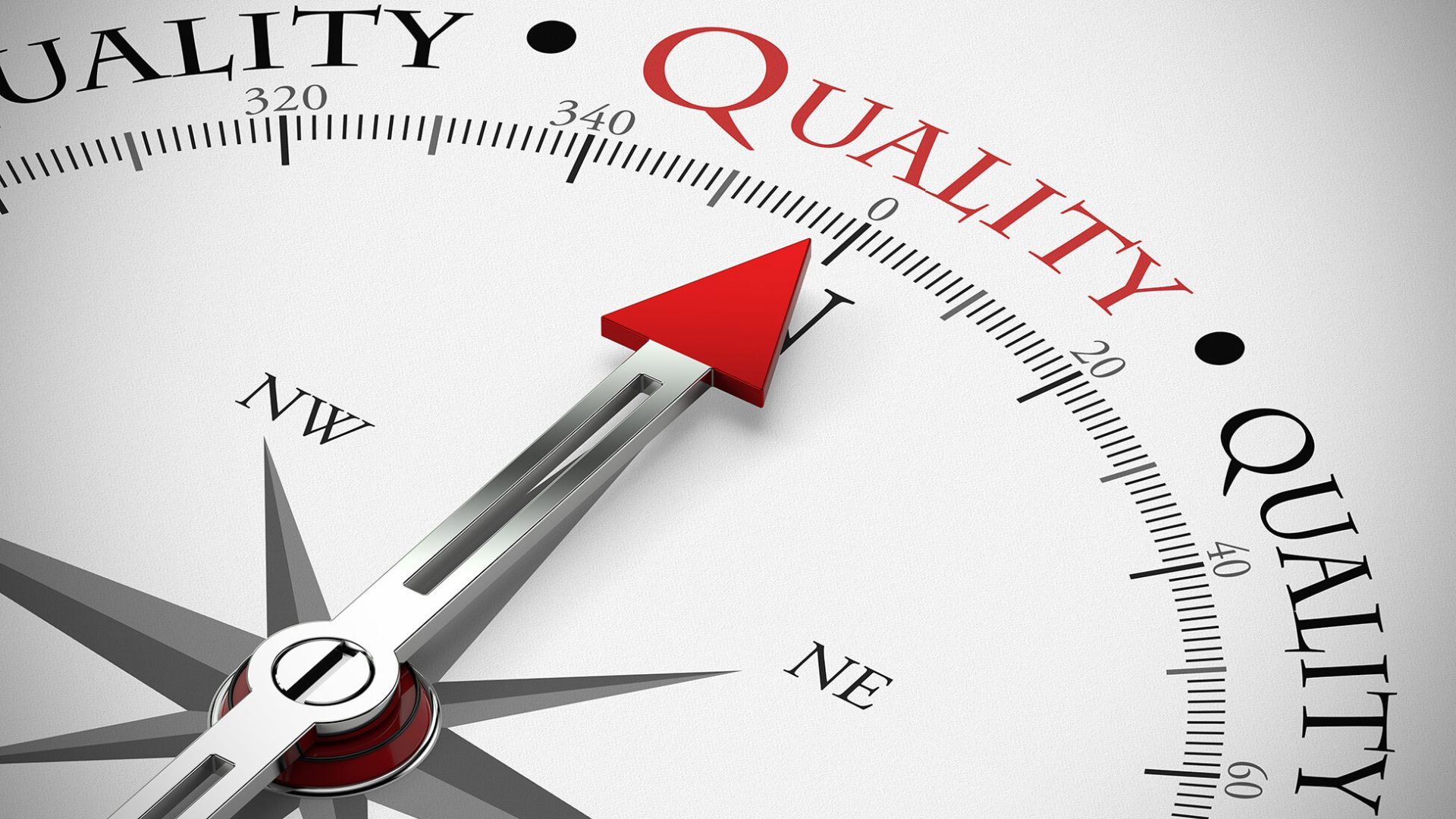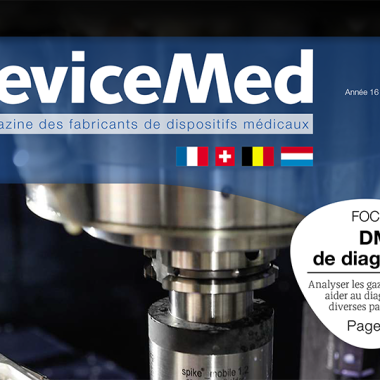Manufacturers are held directly responsible to competent authorities for their medical devices. Regardless of the device’s class, a Quality Management System is mandatory for proving product quality control.
While ISO 13485 is not directly required in order to obtain the CE mark,[1] it remains a recognised reference that demonstrates the manufacturer’s compliance with the laws and regulations governing the field of medical devices (MD). Yet this valuable key to new opportunities is subject to conditions. The notified body assesses more than just the compliance of the DM, it also evaluates the manufacturer’s quality system. The manufacturer is therefore required to compile documentation proving the quality, effectiveness and safety of the DM, in particular with the Quality Management System (QMS).
The first major step: classifying the device
After reviewing and assessing the DM’s characteristics, manufacturers must determine how to classify their product, or product family, based on the associated risk. Classifications range from Class I for low-risk devices to Class III for devices that pose the highest risk for patients. The factors assessed include duration of use, any pharmaceutical substances present in the MD, and whether the device is implantable and requires surgery. This step is critically important since the classification determines the requirement level and the scope of the QMS. The higher the class, therefore, the longer the list of quality requirements.
Quality Documentation: a key component for QMS
The quality manual specifies how quality is managed in a company and provides guidelines for meeting regulatory requirements. It offers detailed information on the procedures, the related work instructions, and quality records. These records are intended to provide evidence of the results of the operations and ensure their traceability.
As a guarantee of quality, QMS must be relevant, suited to the purpose, effective, applied and continuously improved
QMS is a quality management method based on four key steps: Plan, Do, Check, Act (PDCA). It brings together all the process documentation needed to implement, control and update the company’s quality policy and objectives. It pertains to all the parties, activities and materials that interact within a company to achieve the targeted objectives. All the departments are therefore included and must ensure that the QMS is applied at all times.
The Management Review frequently assesses the operation of the QMS. The system’s performance is measured by analyzing the input data (audits, complaint handling, new regulatory requirements, etc.) for the purpose of making decisions to improve it and implement preventive and corrective actions.
[1]Medical devices and in vitro diagnostic medical devices cannot be placed on the market without the CE mark.
KOA, an essential component of QMS
Themes


















